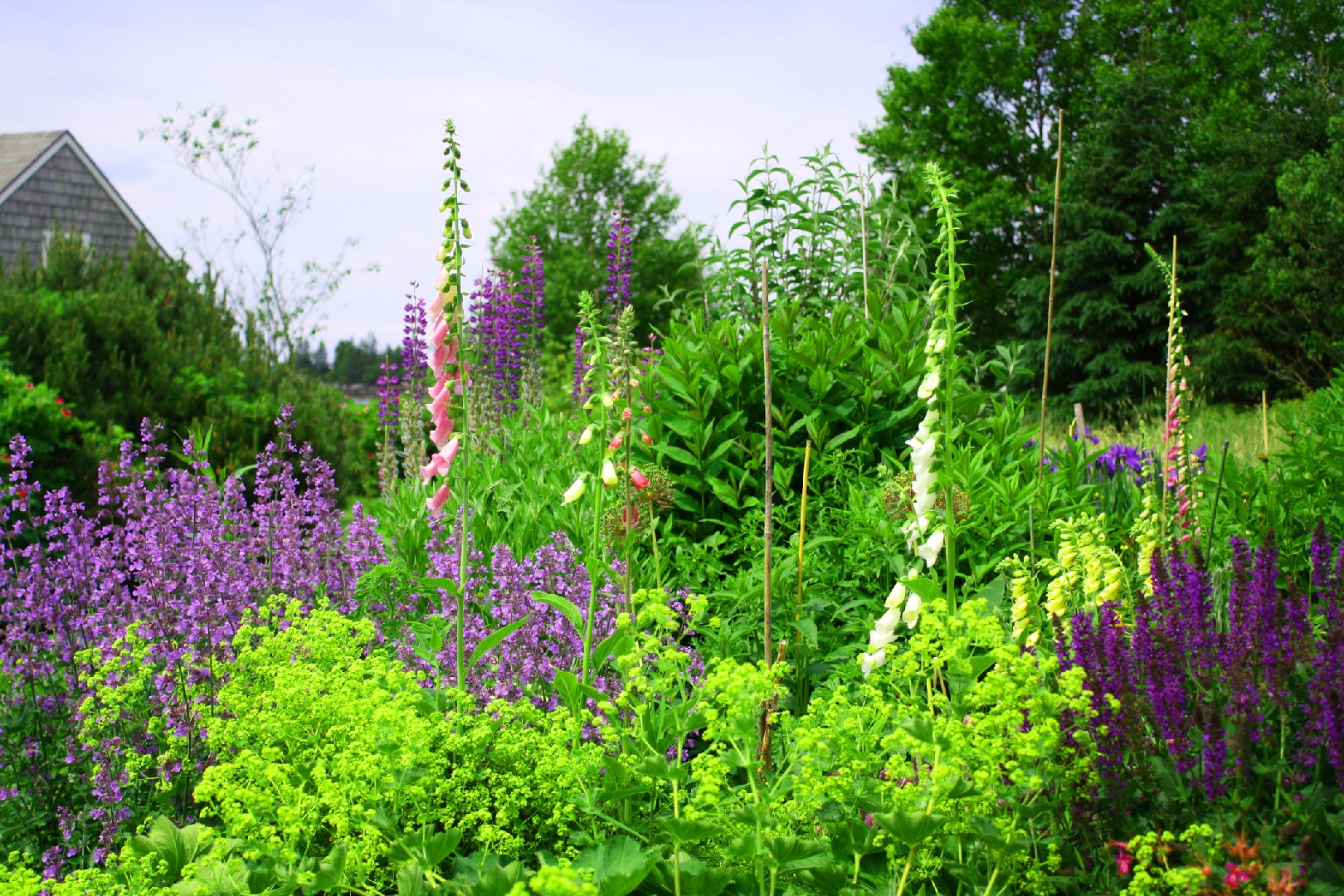A meadow garden is a beautiful and vibrant creation that brings a burst of freshness to any landscape. It is a landscape design that emulates the natural beauty of a meadow, with its diverse array of plants and flowers. Unlike traditional gardens, meadow gardens have an unconstructed layout, allowing plants to grow freely and create a more natural and organic look. This sustainable garden style offers many benefits that go beyond its aesthetic appeal.
One of the key features of a meadow garden is its diversity. It includes a wide variety of plant species, ranging from native wildflowers to grasses, sedges, and perennials. This diversity not only adds visual interest but also attracts a diverse range of wildlife, creating a habitat for birds, butterflies, bees, and other pollinators.
In addition to providing a habitat for wildlife, meadow gardens also offer significant aesthetic appeal. The colorful blooms and lush foliage create a vibrant and ever-changing display throughout the seasons. From the delicate blossoms of spring to the golden hues of autumn, a meadow garden provides a visual feast for the eyes, bringing life and energy to any outdoor space.
Another advantage of a meadow garden is its reduced maintenance. Once established, meadow gardens require minimal upkeep compared to traditional gardens. They are designed to mimic the natural processes of meadows, allowing plants to self-seed, spread, and compete for resources. This means less watering, fertilizing, and mowing, making them a low-maintenance option for busy gardeners.
To create your own vibrant spring meadow garden, start by selecting a wide variety of native plants that are well-suited to your climate and soil conditions. Choose plants that bloom at different times throughout the year to ensure a continuous display of color. Consider incorporating ornamental grasses, such as switchgrass or feather reed grass, for added texture and movement.
When planting your meadow garden, it's important to prepare the soil properly. Remove any existing vegetation, loosen the soil, and amend it with organic matter to improve drainage and fertility. Plant the selected species in groups or drifts, rather than in straight rows, to mimic the natural look of a meadow.
Once your meadow garden is established, be patient and allow nature to take its course. The plants will gradually fill in and create a beautiful and vibrant tapestry of color and texture. Regularly monitor the garden for any invasive species or weeds and remove them promptly.
With its diversity, unconstructed layout, sustainability, and numerous benefits, a meadow garden is a delightful addition to any landscape. Whether you have a small backyard or a larger property, creating a vibrant spring meadow garden can bring a burst of freshness and life to your outdoor space, while also providing a haven for wildlife and reducing your gardening workload.





